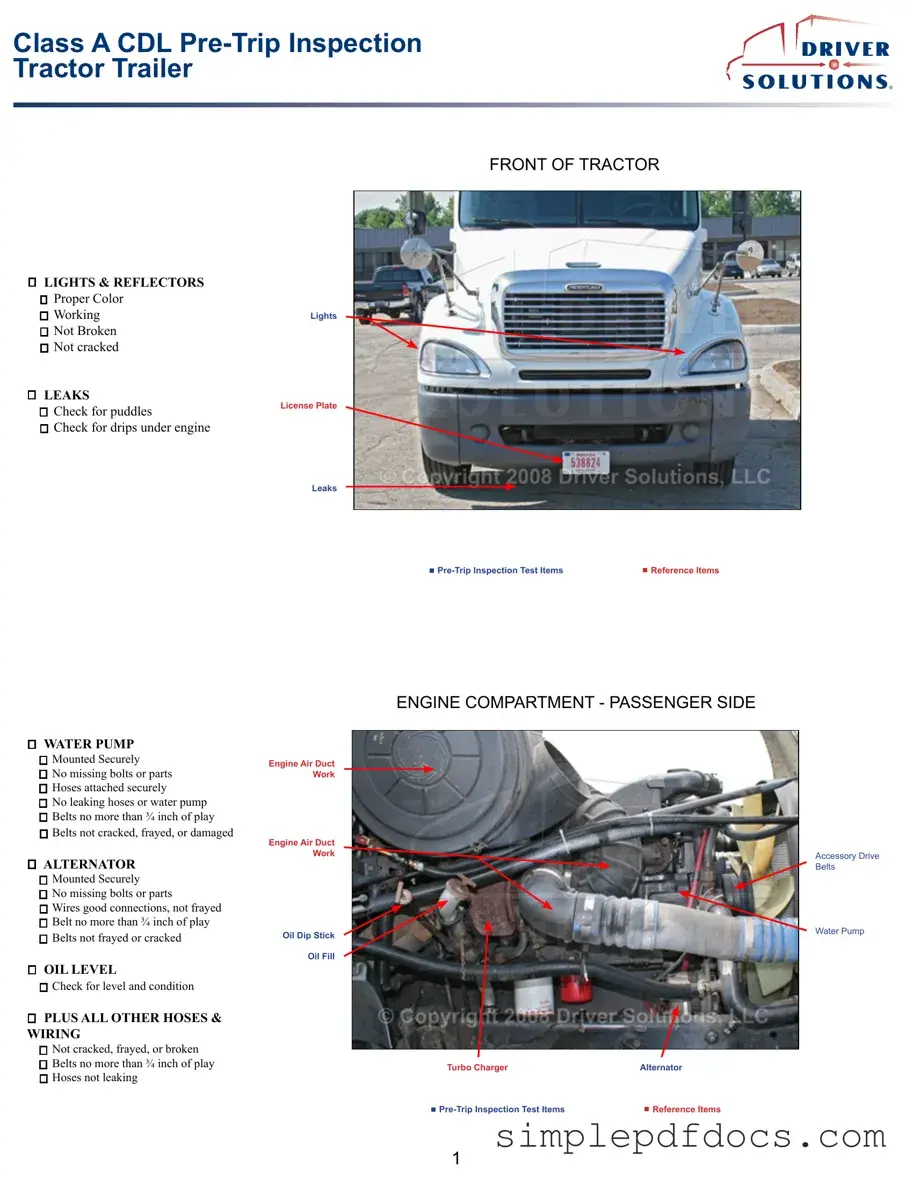Fill Your Pre Trip Inspection Checklist Form
The Pre Trip Inspection Checklist form is a crucial document used by drivers to ensure that their vehicles are safe and compliant before embarking on a journey. This checklist helps identify potential issues that could affect vehicle performance and safety, thereby reducing the risk of accidents. By systematically reviewing key components, drivers can maintain their vehicles effectively and promote road safety.
Get Document Here
